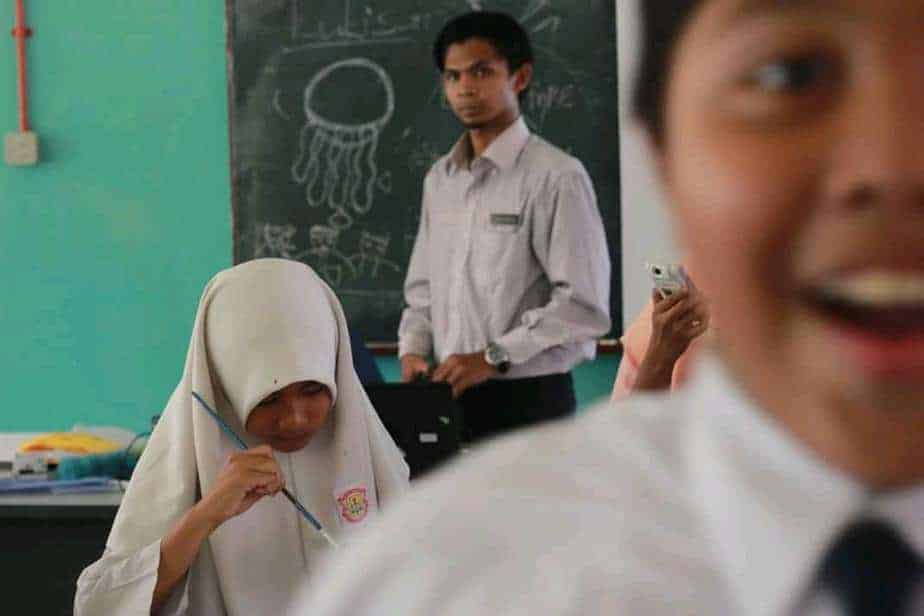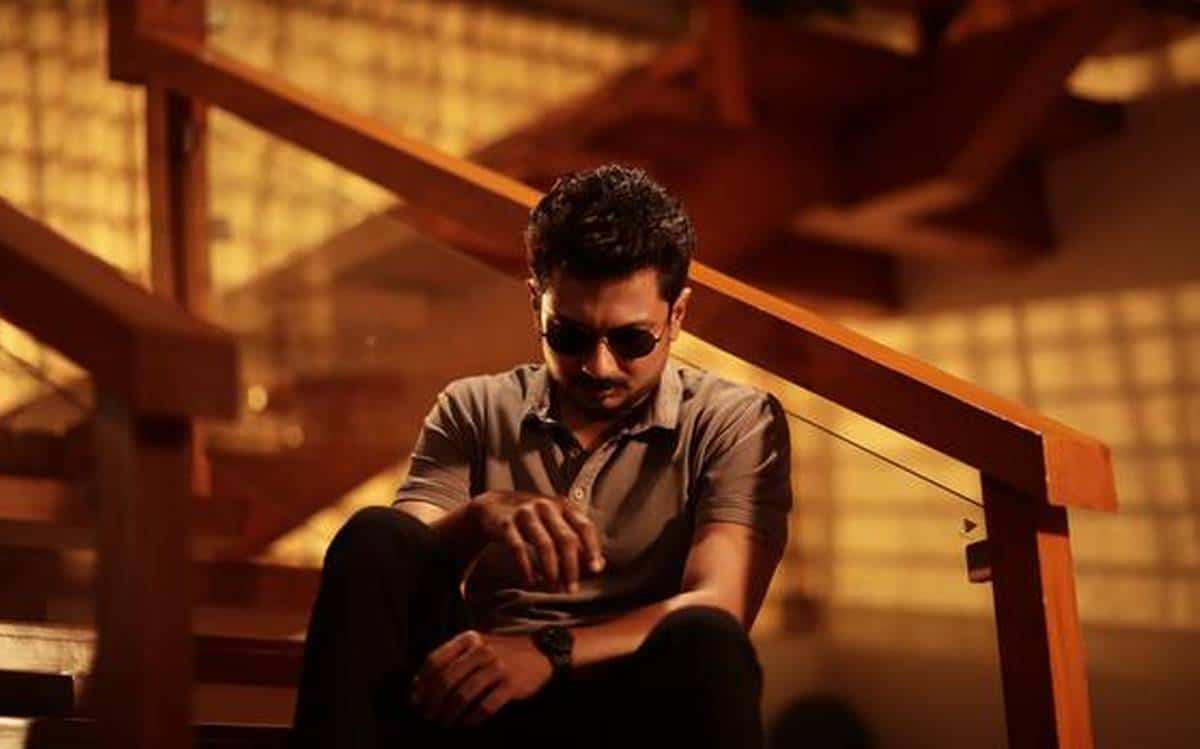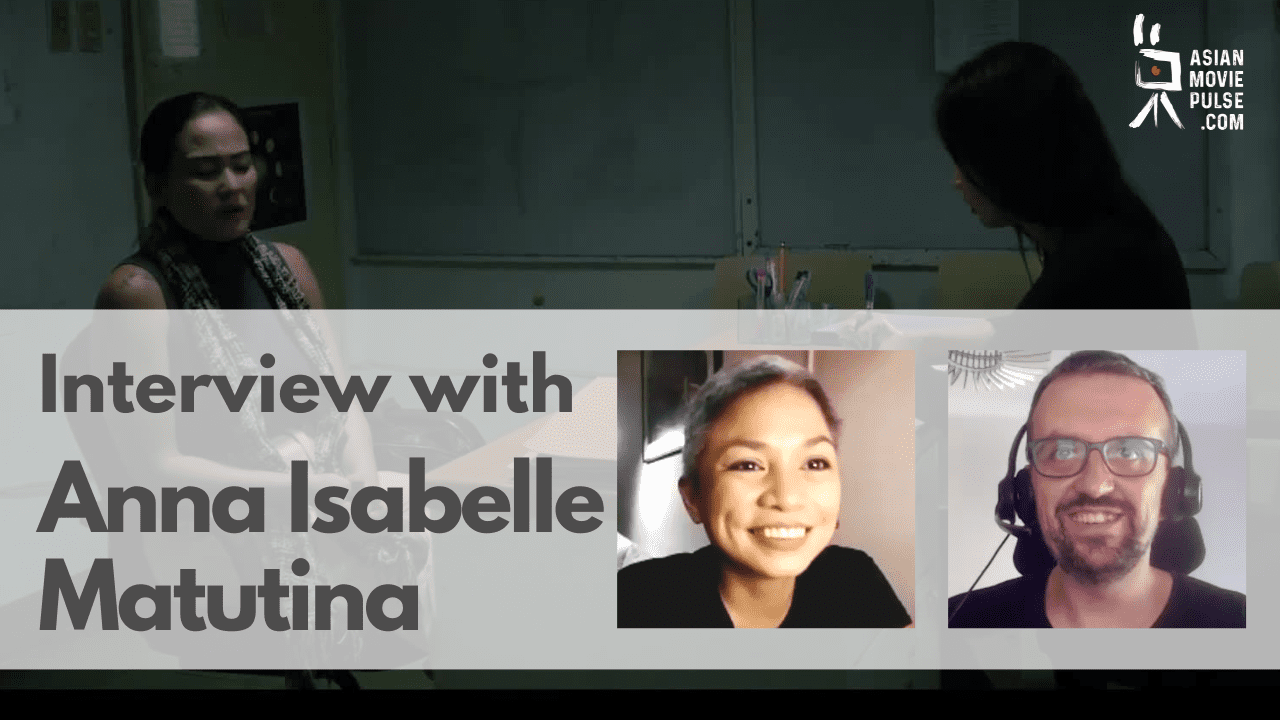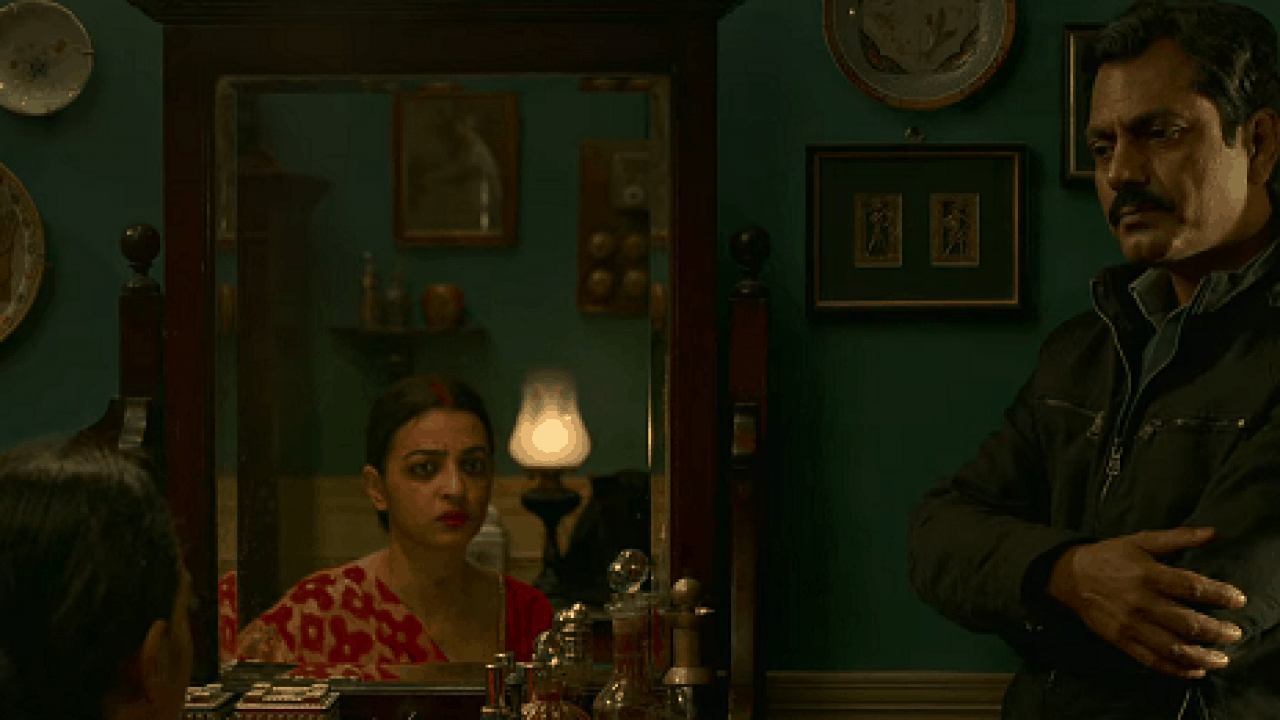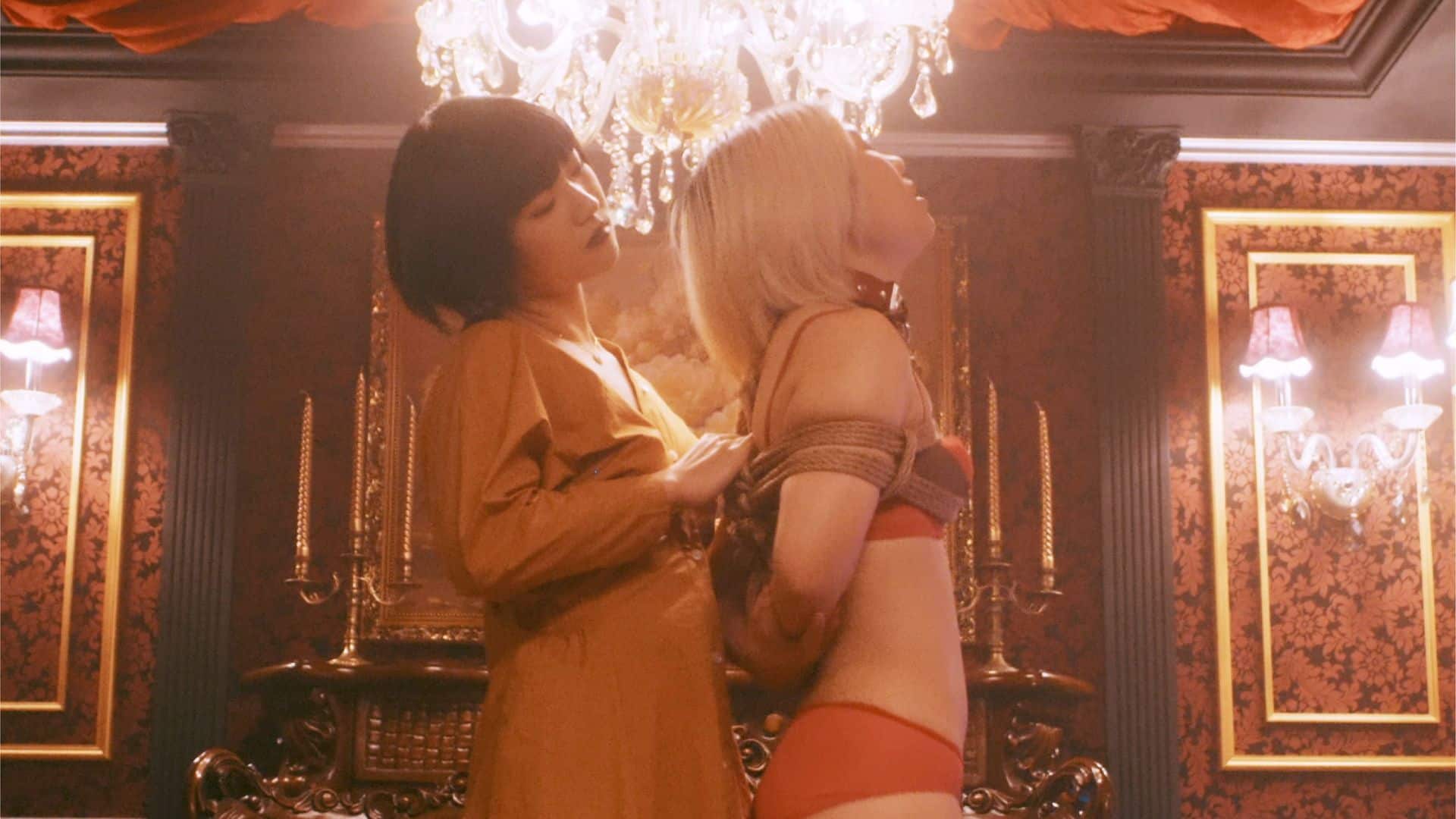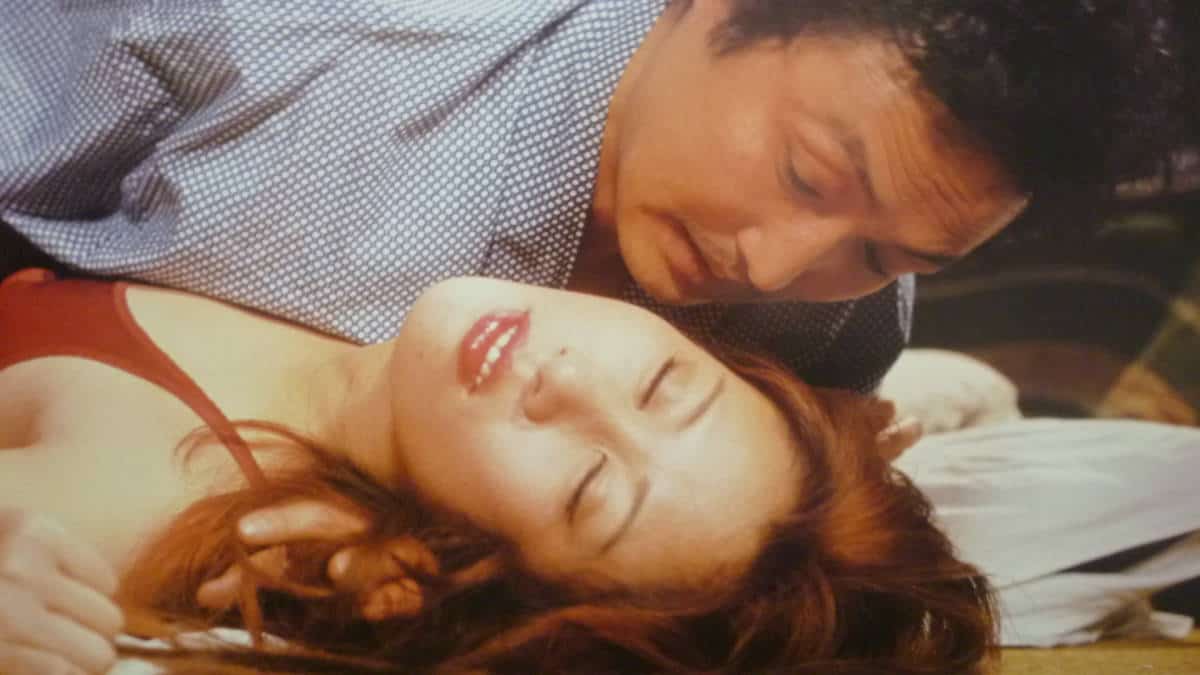Being self taught in animating, script-work and directing, director Wan Dinnie founded D-Mulsion Production in 2008, through which he has gone on to create many short film projects, some of which were recently covered on our site. (“Alice“, “Hana” “Merah AKA Red“). Wan Dinnie is a true film fanatic, who loves to share his interest in film. Dinnie's varied interest in films sees him constantly experimenting with various techniques, both in visuals and narrative. The mix of DIY, and noticeable influences creates a contrasting mix of familiarity and uniqueness within each production. Currently working as a teacher, his work often features his students playing an active role as cast and crew, which adds an undeniable charm to his work.
On the occasion of our coverage of his short films we got a chance to speak to the director about his creative process.
Being a self taught director what were some of the difficulties you faced getting into film making? Also what do you feel were the advantages in taking this approach?
I don't know the real flow to be a filmmaker. I mean, to pitch a project is so hard for me as much as not being sure how to approach other filmmakers. Thankfully, with the internet, nothing is
impossible. The other difficulties might be the way to make certain effects. Usually if I want to make specific visual effects, rather than making a short clips, I'll make short films with the effects in it as a challenge.
The advantages might be there are no high expectations on my projects, and I am able to work freely without any pressure.
A lot of your short films feature the use of Rotoscope, can you tell me how you first became interested in the technique?
Since primary school I have been interested in the technique. Particularly, after watching “Lord of The Rings” (animated) and “Waking Life”. I love how realistically the characters move in the format. After watching “Lord of The Rings” it made me want to explore more of Ralph Bakshi's works. Productions like “Yellow Submarine” and “Heavy Metal” also are some of my favourite animated films that showcase the technique.
In “Waking Life” directed by Richard Linklater, I loved the interpolated rotoscope that was created by Bob Sabiston via his own innovative plug-in, “Rotoshop”. So, I decided to innovate my own kind of rotoscope through experimenting on my own, which you can see in my short film, “Hana”.

Your short films often feature students playing an active role in production and performing, how much of your creative process is focused around the students needs and skills?
Since I work in a primary school and the students are my cast and crew, I would tone down my interest in gore and weirdness during writing process. Usually, I write my story based around location and certain shots and effects that I decide to put in. Based on the plot outlines, I would brainstorm with the students for the draft of the script.
The students would be chosen based on their certain skills. As example, for animation projects, I would choose based on their drawing, acting and storytelling skills. The most important thing is their commitment toward the project. The casts also would act as the crew themselves. For example, if he/ she does not act in the scene, he/she would be the cameraman
It is admirable how you involve your students, and it adds a lot of charm to the productions, in knowing that the younger generation gets a chance to express themselves artistically. For younger children interested in the arts, what do you feel is the best method for them to get actively involved?
Every time I want to recruit or ask someone to join as a cast, I would tell them, “We always watch other films, when do we want to watch our own film, lets make our own, lets do it!” For younger children, I would show them the previous short films and how it looks like when it gets uploaded to the video sharing platform (eg: Youtube). Some of them are in DVD format. I would explain the process. This makes them interested to join in and be part of the process.
I would also encourage them to shoot themselves with their phone camera. Thanks to technology, everything's possible. Just grab a camera and do it. Later on, they would show to me (the clips) and if it's great enough, it would turn into a short film (eg: Langkahmu, Pia)

Within the short film “Alice” there is one particular shot that I thought was reminiscent of “Tetsuo the Iron Man.” (When Alice is spent spinning backwards). Given various camera techniques are utilized, where do you find the greatest influence within visual storytelling?
Usually I won't watch any films within 2 weeks prior to shoot or storyboard, because I want to avoid too much influence from other productions.
In regards to “Alice”, in the scene where the girl contorts her face, I actually asked her to watch the final telepathic battle in “Scanners” (1981) and told her to perform it in her own comic style. For the ‘reverse' shot you mentioned, I just did it without any reference. I felt it is best to reveal it in one single shot. But undeniably, Shinya Tsukamoto is one of my favorite directors.
I really enjoyed the scores in each of the short films I was able to view, you work closely with your brother Adam Dani, can you describe that process?
In 2015, one day, I listened through my brother's music folder, and I found a lot of great and unique music. I ended up using some of his music in my short film “Pensel Lia” (Lia's Pencil). Since “Lia's Pencil”, I would always use Adam Dani's music. Sometimes when I am trying to come up with a score, I would hum a tune and send it to my brother to compose.
Mostly, I would ask my brother to make music based on the mood of the scene and work-print footage. For “No Smoking”, I asked him to make a disturbing, reverse-inspired, damaged sound based on the work-print footage.
We share videos and audios in a messaging app called Whatsapp Messenger, since we live in different areas in Malaysia. I live in Tebedu and Kuching, Sarawak, while my brother in Taiping, Perak or Shah Alam, Selangor.

Your next project is a music video for the band Wickweaky, How does the process vary from the short film format? And is this something you would like to explore doing more of in the future?
The process is quite different, it was the first time I went to pitch for a micro fund from FINAS. Luckily I got it. I had to write and draw the storyboard based upon the song and lyrics. Making sure the shots were drawn based on the lyrics and beat. I tried to make it in the form of a trippy and surreal MV. I would love to, if the reception is great
Other then the upcoming music video do you have any future projects you are working on? And can we expect at some point to see a feature length production?
There are several unreleased short films on my hard disk. These are still in its workprint form. Some of them are inside a damaged hard disk, such as Cikgu Hana, Hana, Alice, Merah, Langkahmu and Pia.
There's a short (almost 40 minutes in duration) that I made as an
homage/parody to the works of Tsukamoto and Lynch, entitled “Ironhead Empire”. Due to time constraints with other projects, it is still pending release.
A short rotoscoped animation that was made in 10 days, B.B.: Batuh Bijanji (literally translated as The Promised Stones) will be released this year. I really hope in the future I will be able to make a feature length film.

What are some of your favourite filmmakers/films?
One of the first films I loved was ‘Tetsuo The Iron Man” by Shinya Tsukamoto, I liked the film from the moment I saw the trailer. His style of editing, shaky handheld camerawork had influenced me a lot. “Histeria”, a mainstream feature debut by Malaysian indie director, James Lee also influenced me in terms of rapid cut. Particularly, in the 3rd act where the protagonist is screaming hysterically.
For shooting style, in terms of number of takes, I was influenced by Stanley Kubrick who would do up to over 100 takes a shot. Thankfully, I shot in digital, so no need to worry for wasted film. It is a bit easier for me to edit since I shoot in digital format
Robert Rodriguez influenced me, in particular with his “10 Minutes Short Film School of El Mariachi” in which he wouldn't waste any unused footage and just shoot in one take. He also taught me to be more creative in terms of overcoming budget restraints.
Jackie Chan had influenced me by his documentary “Jackie Chan My Stunts” and “Jackie Chan My Story”. Sam Raimi is my other influence, in terms of innovation in shots. David Lynch also inspired me during my early years. I often use ‘plane noise' to recreate the unsettling atmosphere that Lynch uses in his films. Nico B's Pig also had an impact on me in creating unsettling atmosphere.
For absurdity and weirdness, I pretty much love Quentin Dupieux, Takeshi Kitano, Hitoshi Matsumoto, Yorgos Lanthimos and Katsuhito Ishii (seen in Hana during the ‘Giant Hana' scene, a homage to A Taste of Tea)
For animation, I love the works by Satoshi Kon, Hayao Miyazaki, Makoto Shinkai, Alexandr Petrov, Rene Laloux, and Yoshiaki Kawajiri. For rotoscoped animation, I admire the works by Ralph Bakshi, Bob Sabiston and the animated series, Aku No Hana
Among film that inspired me were Akira (Katsuhiro Otomo), Thief and Rhw Cobbler (Richard Williams), Ed Wood (Tim Burton), Nobody Knows (Kore-Eda), Perfect Blue (Satoshi Kon), Kotoko, Kala Malam Bulan Mengambang (Mamat Khalid), Dancer in The Dark (Lars Von Tirer, Old Man And the Sea (Alexandr Petrov), Garden of Words (Makoto Shinkai), Bunohan (Dain Said), Perempuan, Isteri dan ……. (U-Wei Hj. Shaari), Waking Life, Yellow Submarine, American
Pop, Fire and Ice, Aku No Hana, Raging Bull, Wrong, Terbaik Dari Langit, Gore From Outer Space, Gandahar (Rene Laloux), Rampage (Uwe Boll) Heavy Metal, and Vampire Hunter D Bloodlust (Yoshiaki Kawajiri).


